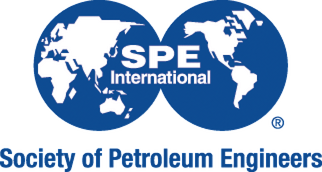Extend your conference experience by adding a training course. Select from these courses below and find a topic to match your learning and professional development needs. SPE works with recognized experts to develop training courses covering a wide range of industry topics. Participants receive 0.8 Continuing Education Units (CEUs) for one-day courses.
One-day courses are available on Monday, 19 August 2024
Training courses are not included with the purchase of conference registration and must be purchased separately during the registration process.
* Your training course fee will include a copy of the digital course material, lunch and coffee breaks, and 0.8 CEUs (Continuing Education Units) .


.png)